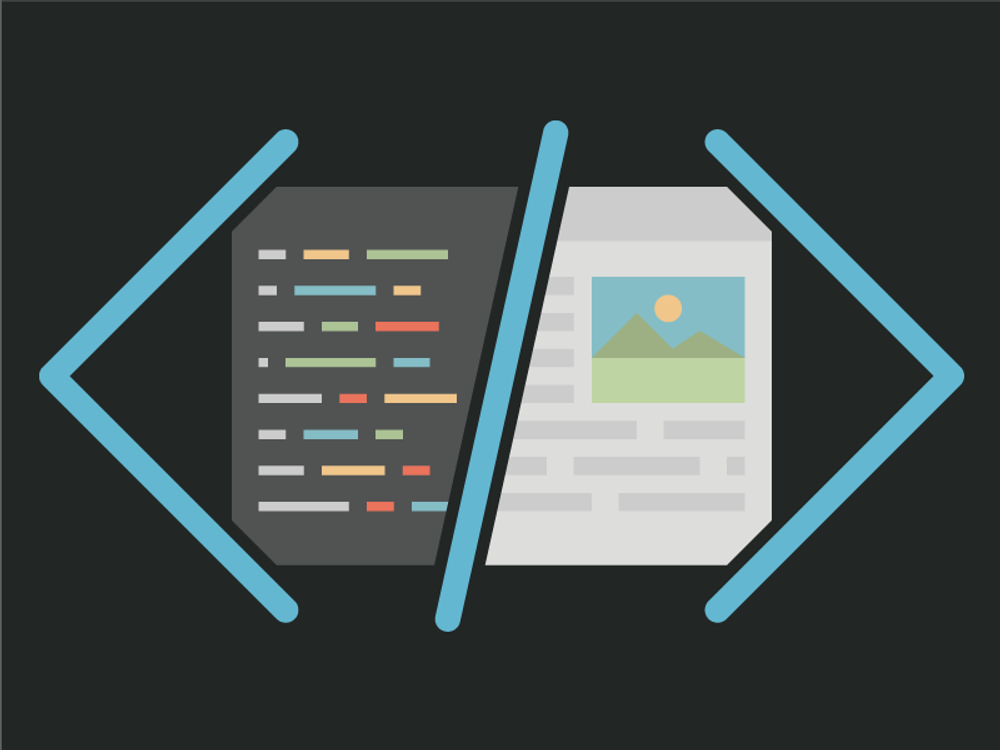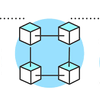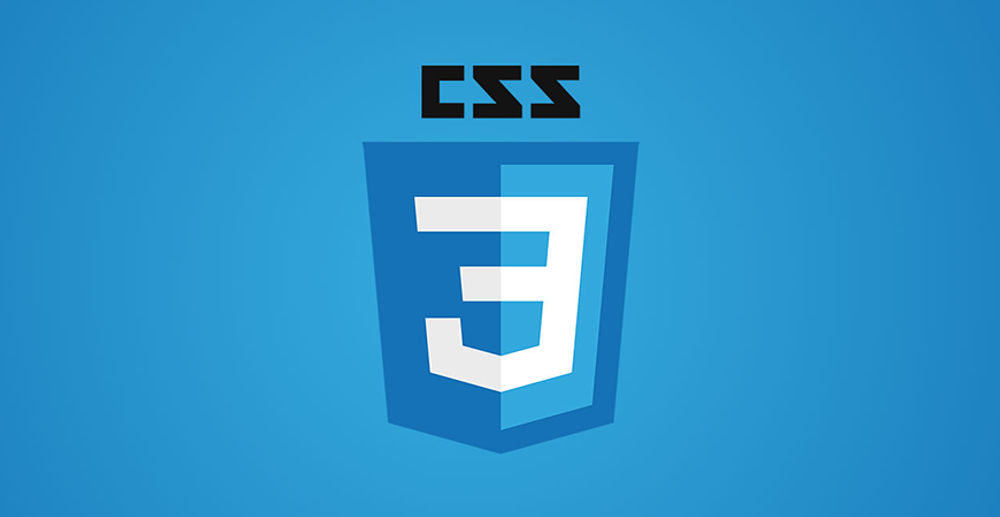My Experience with CSS Preprocessors like Sass or Less
CSS preprocessors like Sass (Syntactically Awesome Style Sheets) and Less (Leaner Style Sheets) have become increasingly popular among web developers in recent years. These tools provide a way to simplify and streamline the process of writing CSS, making it easier to manage large and complex stylesheets. In this article, I will share my experience with using Sass and Less, and explore some of the benefits and drawbacks of these popular CSS preprocessors.
Sass vs. Less
Sass and Less are both popular CSS preprocessors that offer similar functionality. Sass was created in 2006 and has since become the more widely used of the two. Less was released in 2009 and has also gained a significant following. Both preprocessors provide a way to write CSS using variables, nesting, and mixins, which can help to reduce repetition and make stylesheets easier to manage.
Benefits of Using a CSS Preprocessor
One of the main benefits of using a CSS preprocessor is the ability to write cleaner, more efficient code. By using variables, developers can avoid duplicating code and make changes to multiple styles at once. Nesting allows for more intuitive organization of styles, and mixins provide a way to reuse common sets of styles across different parts of a website. Additionally, Sass and Less both offer features like math operations, functions, and conditionals, which can help to streamline the process of writing CSS.
Another advantage of using a CSS preprocessor is the ability to modularize stylesheets. By breaking styles down into smaller, more manageable files, developers can keep their code organized and easier to maintain. This can be especially useful for larger projects with complex stylesheets.
Drawbacks of Using a CSS Preprocessor
While there are many benefits to using a CSS preprocessor, there are also some potential drawbacks to consider. One of the main issues with preprocessors is the additional layer of complexity they add to the development process. Learning the syntax and features of Sass or Less can take some time, and maintaining stylesheets written in a preprocessor can require additional effort.
Another potential issue with CSS preprocessors is the need for a build process. Unlike regular CSS, which can be written directly in a stylesheet and included in an HTML document, Sass and Less require a build process to convert the preprocessor code into regular CSS. This can add some overhead to the development process and may require additional tooling.
Conclusion
Overall, my experience with using CSS preprocessors like Sass and Less has been positive. While there is a learning curve involved in getting started, the benefits of cleaner, more efficient code and modularized stylesheets are worth the investment. As with any development tool, it's important to consider the pros and cons and choose the right tool for the job. With the continued growth of web development, it's clear that CSS preprocessors will continue to play an important role in the industry for years to come.

As a CSS developer, it is essential to have a good understanding of the language and its applications. When interviewing for a CSS developer position, you can expect questions that cover both theoreti

CSS preprocessors like Sass (Syntactically Awesome Style Sheets) and Less (Leaner Style Sheets) have become increasingly popular among web developers in recent years. These tools provide a way to simp

CSS Grid is a powerful tool that enables developers to create complex layouts with ease. It provides a two-dimensional grid system that allows for the creation of both rows and columns. This provides

Creating a responsive grid layout for a website can be a challenging task, especially if you are not familiar with CSS Flexbox. CSS Flexbox is a powerful tool that allows developers to create complex

In today's digital age, creating a responsive layout for your website is essential. A responsive layout ensures that your website looks great on any device, from a desktop computer to a mobile phone.

In CSS, a class and an ID are both selectors used to apply styles to elements in HTML, but they differ in their usage and specificity.

CSS'de değişken tanımlamak front-end geliştiricilerine büyük kolaylık sağlar. Diğer programlama diller gibi az tekrar, daha iyi okunabilirlik ve esneklik katar.

2021'de front-end geliştiriciler için öğrenmenin faydalı olacağını düşündüğüm bazı şeylerin bir listesini derledim.

